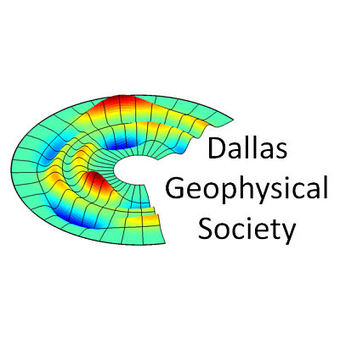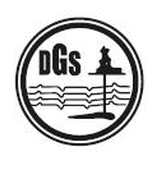Dallas Geophysical Society Luncheon - March 2018
Event Details
Date: Thursday, March 15, 2018
Time: 11:30 am - 1:00 pm
Location: Royal Oaks Country Club, 7915 Greenville Ave, Dallas, TX 75231
Topic: Mapping Reservoir Stress Conditions Using Hydraulic Fracturing Microseismicity
Speaker: Orlando J. Teran, PhD, Structural Geologist, MicroSeismic Inc.

Geophysicist/Structural Geologist
Surface Microseismic Analyst
Orlando’s career as a geophysicist began 3 years ago at MicroSeismic Inc., where his role includes processing and analysis of microseismic data as well as developing tools for advanced microseismic analyses. Prior to joining MicroSeismic, he pursued a graduate degree in structural geology in Baja California, where he studied active faults and a modern earthquake rupture.
Orlando has a Ph.D. in Geology from Centro de Investigacion Cientifica y de Educacion Superior, Ensenada, Baja California, Mexico, and a BA in Geology from Western State Colorado University in Gunnison, Colorado. He has also co-authored articles published in Science and Nature based on his contributions to advancing the understanding of earthquake ruptures.
Abstract: The state of stress of the reservoir is one of the dominant factors controlling the reservoirs response to stimulation as well as the effectiveness of the treatment design. For instance, the orientation and magnitude of the maximum horizontal stress strongly affects the stimulated range of fracture orientations and in turn the geometry of the stimulated zone (i.e. localized vs distributed fracturing). The hydraulic horsepower, which takes into account the reservoir stress states and pressures, may be sufficient to stimulate certain parts of the reservoir, but any variations in the stress state can result in adverse effects such as damaging nearby wells (“frac hits”), out-of-zone growth, and damaging earthquakes. Furthermore, the reservoir stress state can also impact the hydraulic conductivity of stimulated fractures.
In this study a catalogue of microseismic focal mechanisms is used to map the stresses onto the microseismic fracture planes and evaluate the states of stress throughout the stimulated rock volume. Focal mechanisms are derived using full waveform fitting techniques, and for each solution the true fracture plane was identified and this was then used to invert for the orientation and relative magnitude of the maximum horizontal stress. Friction laws are then used to constrain for each event a suite of geomechanical parameters (failure potential, dilation tendency, and excess pore pressure) in order to identify fracture populations likely to control fluid flow, those that required different stimulation pressures in order to contribute to flow, and the mechanical conditions that favored out-of-zone growth and reactivation of geohazards. Additional observations, such as net wellbore pressure measurements and geophysical logs, are used to calibrate the model as well as to further understand the geological, geomechanical and treatment-related variables affecting the overall stimulated rock volume. The method is applied and discussed in the case of a microseismic event catalogue obtained during the stimulation of two horizontal wells landed in the Eagle Ford, where large variations in fracture patterns as well as geohazards were observed. We will also show examples from other plays to demonstrate that this workflow is applicable to all plays.

When
Location
- Royal Oaks Country Club, 7915 Greenville Ave, Dallas, TX 75231


